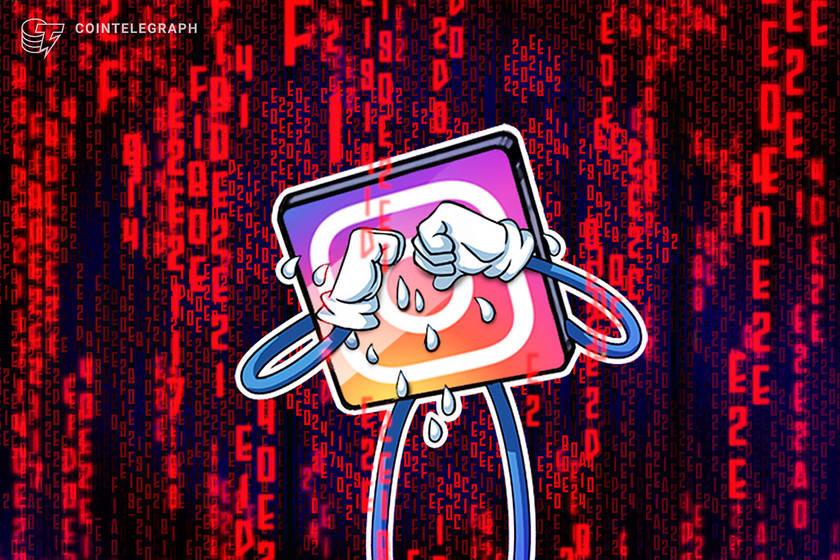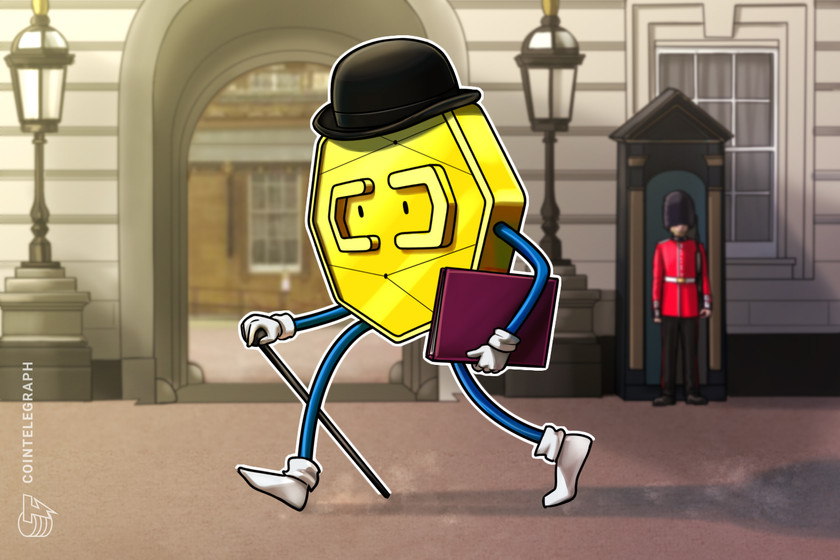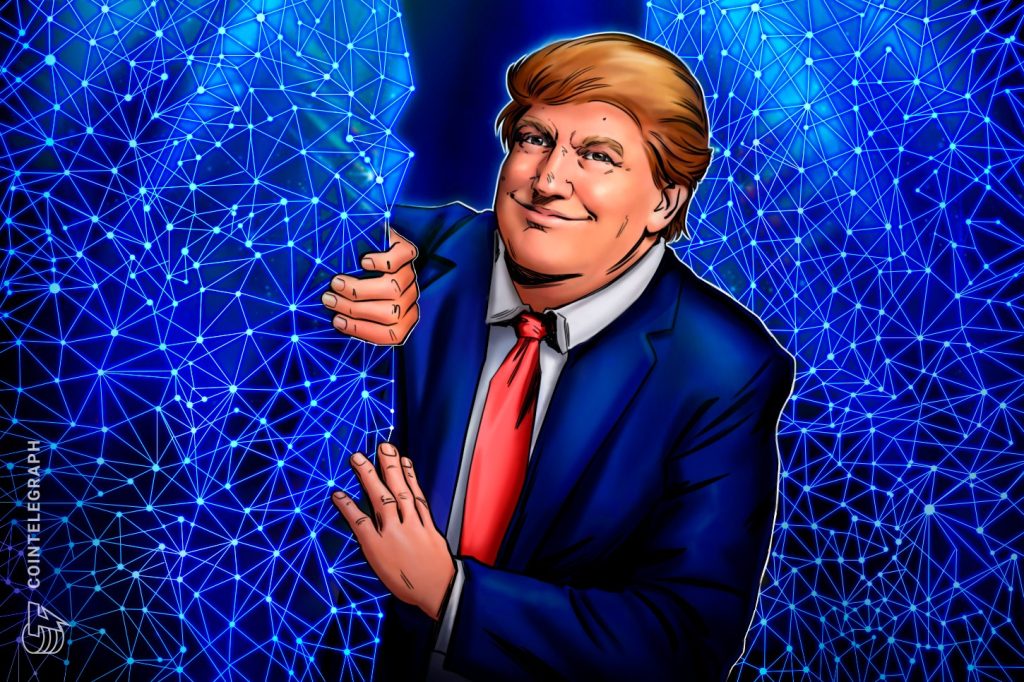Meta pulling the plug on NFTs across Instagram and Facebook


The short-lived NFT features were first launched in May, but Meta’s financial technology lead said it is “winding down” the tools to focus elsewhere.
Big Tech firm Meta is scrapping its nonfungible token features across its social media platforms, Facebook and Instagram, around 10 months after they first launched.
Stephane Kasriel, Meta’s head of commerce and financial technologies, tweeted the news on March 13, saying Meta is “winding down” its NFT support to “focus on other ways to support creators, people, and businesses.”
Some product news: across the company, we're looking closely at what we prioritize to increase our focus. We’re winding down digital collectibles (NFTs) for now to focus on other ways to support creators, people, and businesses. [1/5]
— Stephane Kasriel (@skasriel) March 13, 2023
Kasriel added the firm is still prioritizing ways for users to “connect with their fans and monetize” and will focus on tools such as building payment rails on its platform and through its messaging apps, along with monetizing Reels, the short-form videos that feature on Facebook and Instagram.
In particular, Kasriel mentioned a focus on Meta Pay, the firm’s payment platform, which in the future could support cryptocurrency according to trademark filings from May.
And we’ll continue investing in fintech tools that people and businesses will need for the future. We’re streamlining payments w/ Meta Pay, making checkout & payouts easier, and investing in messaging payments across Meta. [5/5]
— Stephane Kasriel (@skasriel) March 13, 2023
NFTs on the platforms were relatively short-lived, as testing began in May with select creators on Instagram before expanding to Facebook in June.
The NFT features expanded again in August as Instagram made NFT tools available to over 100 countries. In November last year, Metlaunched an “end-to-end toolkit” for minting and trading NFTs within Instagram.
The announcement received scathing criticism from the crypto community, with NFT artist Dave Krugman tweeting it was “a short-sighted move” and that Meta “quit before [it] even started.”
And “winding down for now” is just wild. The trust earned over the past year is now squandered, pushing artists even further away
— Dave (@dave_krugman) March 13, 2023
“The trust earned over the past year is now squandered,” Krugman added.
Related: Meta working on text-based decentralized social network codenamed P92
Podcaster Marc Colcer said the move “seems short-sighted for a company that’s supposed to be thinking long term” and asked for transparency on Meta’s decision to scrap NFT support.
Would love some transparency as to why this decision was made. Seems short sighted for a company that’s supposed to be thinking long term. Very disappointing to see Meta fall behind the times.
Facebook is outdated and Instagram is set on the same course. Hope you decide to… https://t.co/KwIR5RGhQ6
— Marc C00lcer (33.3%) (@marccolcer) March 13, 2023
Allen Hena, the co-founder of Web3 firm Earth Labs, was more severe with his feedback, saying that Meta scrapped the idea as it “realized that using public crypto networks means you can’t exploit creators.”
We get it, you realized that using public crypto networks means you can't exploit creators, people and businesses in the same way you have been.
— allen.earth.eth (@0xAllen_) March 13, 2023
Meta’s scrapping of its NFT tools aligns with other cost-cutting measures across the company as it directs focus to its expensive metaverse ambitions.
Last year alone, its metaverse-building division Reality Labs recorded its largest-ever yearly losses at $13.7 billion. Meta also undertook in November the first mass layoff in the company’s history, cutting 13% of its workforce, some 11,000 staff.




























